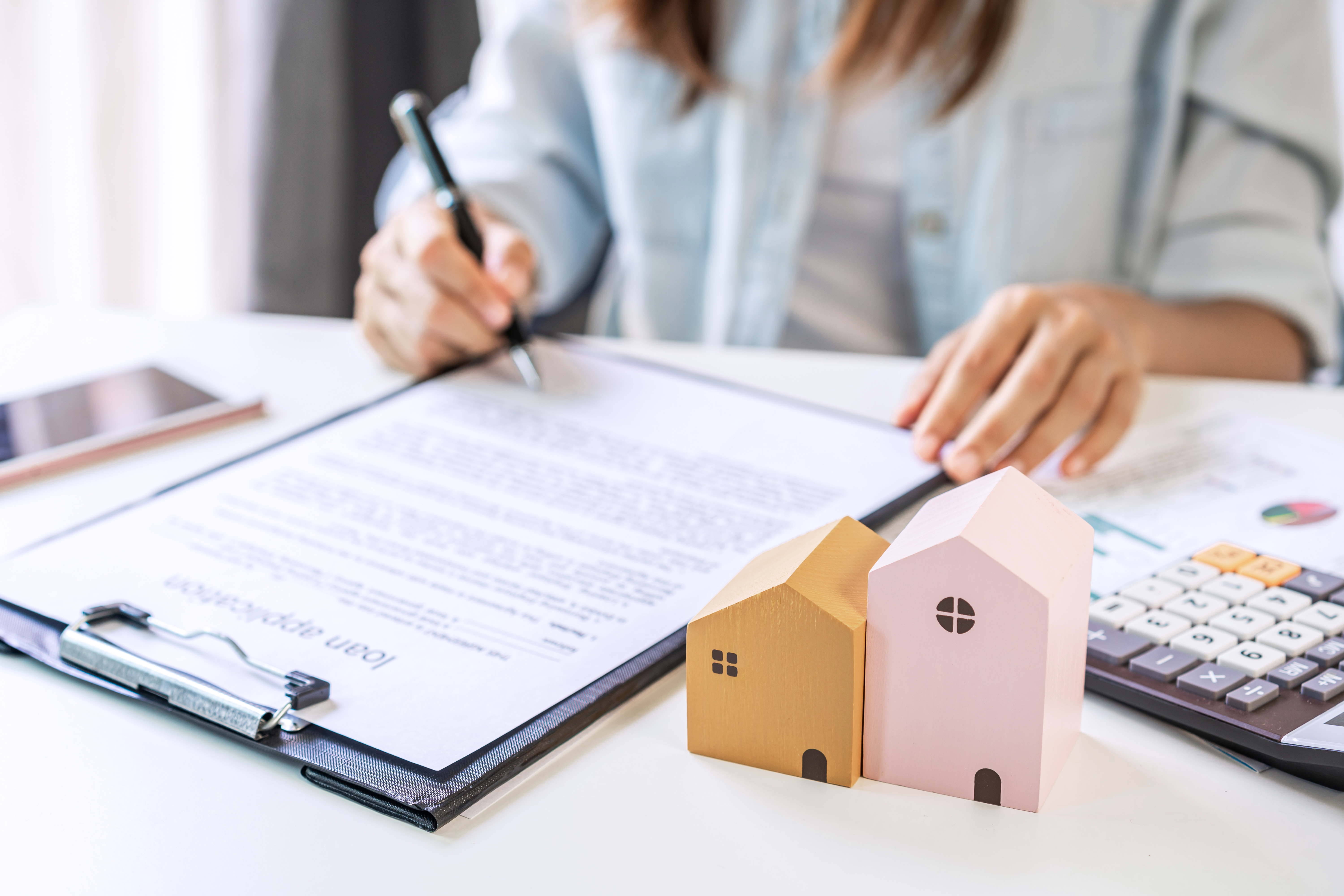How to get ready for your first home loan
Six steps to get ready for your first home loan
Are you thinking about jumping aboard the home owner bandwagon? We’ve compiled a list of six essential steps to help improve your chances of securing your first home loan.
1. Analyse your expenses
Understanding your financial position is the first step towards setting a budget for your property purchase. This can be confronting, as it requires you to become very aware of where you spend your money and how much is left over at the end of each month. If you are overstretched when it comes to paying back your mortgage you might find yourself living on baked beans with toast or in an even worse predicament of potentially defaulting on your loan.
If you spend three months tracking where all your money goes, you’ll be able to build a good picture of both your essential and discretionary spending. You can then decide what stays and what goes in order to help you be in a better position to secure that loan. There are some free third party resources you can use to easily track your expenses like the Moneysmart budget planner.
2. Save for your deposit
In general, banks like to see a history of saving. Banks are looking to confirm you have diligently saved money over a period of time as it helps them to assess whether you have the ability to make your monthly repayments.
In an ideal world you’d save (or have access to) a 20 per cent deposit because then you’ll avoid Lenders Mortgage Insurance (LMI). LMI is an insurance policy designed to protect the lender from financial loss if you can’t afford to meet your home loan repayments. It kicks in when you borrow more than 80 per cent of a property’s purchase price and it’s calculated on a sliding scale: the higher your loan amount and loan to value ratio, the higher the premium. So it could cost you anywhere from a few thousand dollars up to tens of thousands of dollars.
With today’s high property prices, a 20 per cent deposit is a stretch for most first home buyers, so aiming for 10 per cent may be more achievable and will still reduce your LMI premium.
3. Improve your credit score
Your credit score is a record of the credit applications you’ve made (including credit cards), the amount of money you have borrowed and whether you pay on time. Lenders generally use your credit score to figure out how risky it will be to lend to you.
If you have a poor credit score it may affect your ability to get a loan, but there are a few things you can do to improve your score. These include lowering your credit card limit, paying your rent, bills and credit card on time and limiting how many applications you make for credit. There are various third party resources available that will help you check your credit score, including for example the Moneysmart website.
4. Understand all the costs associated with buying property
If you borrow $400,000 at an interest rate of three per cent and a loan term of 25 years, you could easily work out your monthly repayments to be $1,907. However, there are lots of other costs associated with buying property and becoming a homeowner. So, it’s a good idea to consider these costs in your budget calculations before you applying for a loan.
Some of the additional expenses you may need to budget for include:
- Stamp duty
- Lenders mortgage insurance (LMI)
- Bank fees
- Advisor fees (e.g. conveyancing costs)
- Home insurance
- Body corporate fees for strata property like an apartment or townhouse
- Council rates
- Land tax
- Maintenance and repair costs
- Property management fees if you rent your property out
5. Talk to a broker
The good news is that you don’t need to work through all of these steps on your own. A good mortgage broker can help you assess your financial position, review your credit score, and advise on lender and loan products for your circumstances.
If you deal directly with a loan officer at a bank, your choice will be limited to the products and interest rates offered by that particular bank.
A broker can help you understand the fees and features of available loans across multiple lenders and explain the pros and cons of different loan structures.
6. Get your paperwork organised
Whether you go directly to a bank or via a broker, you’ll need to prepare quite a bit of paperwork as evidence of your financial position.
The documents required include personal identification (current passport or driver’s licence), proof of income (payslips, a group certificate, tax returns), rental statements, bank statements showing savings and investment history, and evidence of assets and liabilities (credit card statements, personal loan statements, share investment holdings, superannuation statements).
It’s a good idea to create a virtual folder and scan these documents in, ready to present when it’s time to make your first loan application.
Preparation is key
While there is a decent amount of homework involved in preparing for a loan, following the above steps could help put you in a better position to secure your first home loan and turn that dream of home ownership into a reality.
Originally published by On the House




